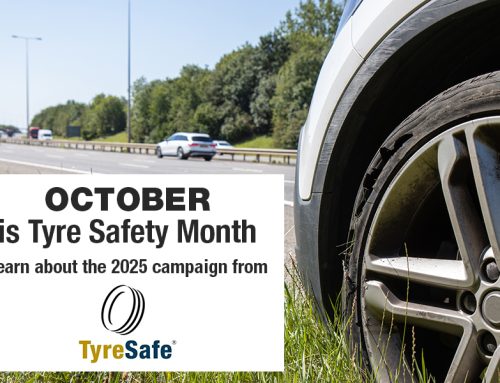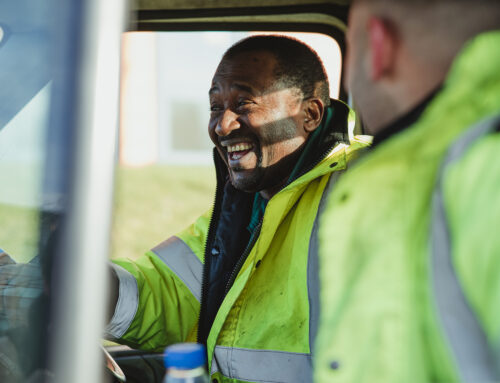New load safety guidance
New load safety guidance has been recently issued by the Driver and Vehicle Standards Agency (DVSA), produced in collaboration with industry and the Health and Safety Executive (HSE). Fleet operators and drivers should all familiarise themselves with the new guidance as it replaces all previous guidance on the topic.
It covers the responsibilities of vehicle operators, drivers and anyone involved in the loading of a vehicle to when transporting different loads and how to make them safe.
The guidance applies to any vehicle which is carrying a load, whether it is an HGV, van, car or any other type of road-going vehicle.
Why is load safety important?
- Insecure loads can affect the handling of the vehicle.
- Even light objects which come loose from a moving vehicle can kill on impact.
- Insecure loads can fall from the load bed when the curtains or doors are opened, putting the driver in serious danger.
- In 2020 46,000 items fell onto the strategic road network from moving vehicles – including doors, washing machines and sofas! These are a serious hazard for other road users and can cause road closures.
- Remember that the load might not only fall off the vehicle but can move within it. Inertia means that an insecure load will continue travelling forwards at speed even if the vehicle itself slows or stops.
- Typically we think of ‘freight’ in terms of loading – but actually it is anything you have in the vehicle including tools, fire extinguishers, lunchboxes, animals or water bottles. Anything which is left unsecured in a vehicle is potentially hazardous to the driver and other road users.
- Equipment, straps, nets, curtains, or any restraint gear must also be safely stowed and secured even if the vehicle is otherwise empty.
Who is responsible for load safety?
Everyone involved in loading the vehicle or driving it is responsible for load safety. The fleet operator, the freight owner, the fork-lift operator and the driver all have responsibility for making sure that freight is secure and safe.
Operators must make sure the vehicle is suitable for purpose, roadworthy, and driven by qualified people who have the right training and equipment.
Drivers are responsible for checking that their load and the equipment they use is safe. The driver has the right to question the safety of a load and to refuse to move an unsafe load – and their employer should listen.
If a driver didn’t load the vehicle themselves, they can ask for a load plan from the consignor (freight loader or owner). Drivers must be empowered to question the loading procedure and refuse the load until they are satisfied.
Drivers should check the load frequently, especially if using webbing, if they are transporting loads which may shift, and also after harsh braking/swerving events.
Do you have a load plan?
The load consignor is the person who puts the freight onto the vehicle. Whether or not the freight is being carried by a third party, the consignor must ensure it is properly packaged and suitable for transport.
The consignor should have a load plan – this could include:
- The weight
- Where it has been placed
- Instructions and precautions for removal
- A photo of the secured load with date and time
There a numerous pieces of legislation which cover and support the issue of safe loading. There are also significant penalties for drivers, and for anyone found negligent in handling a load should someone be injured.






